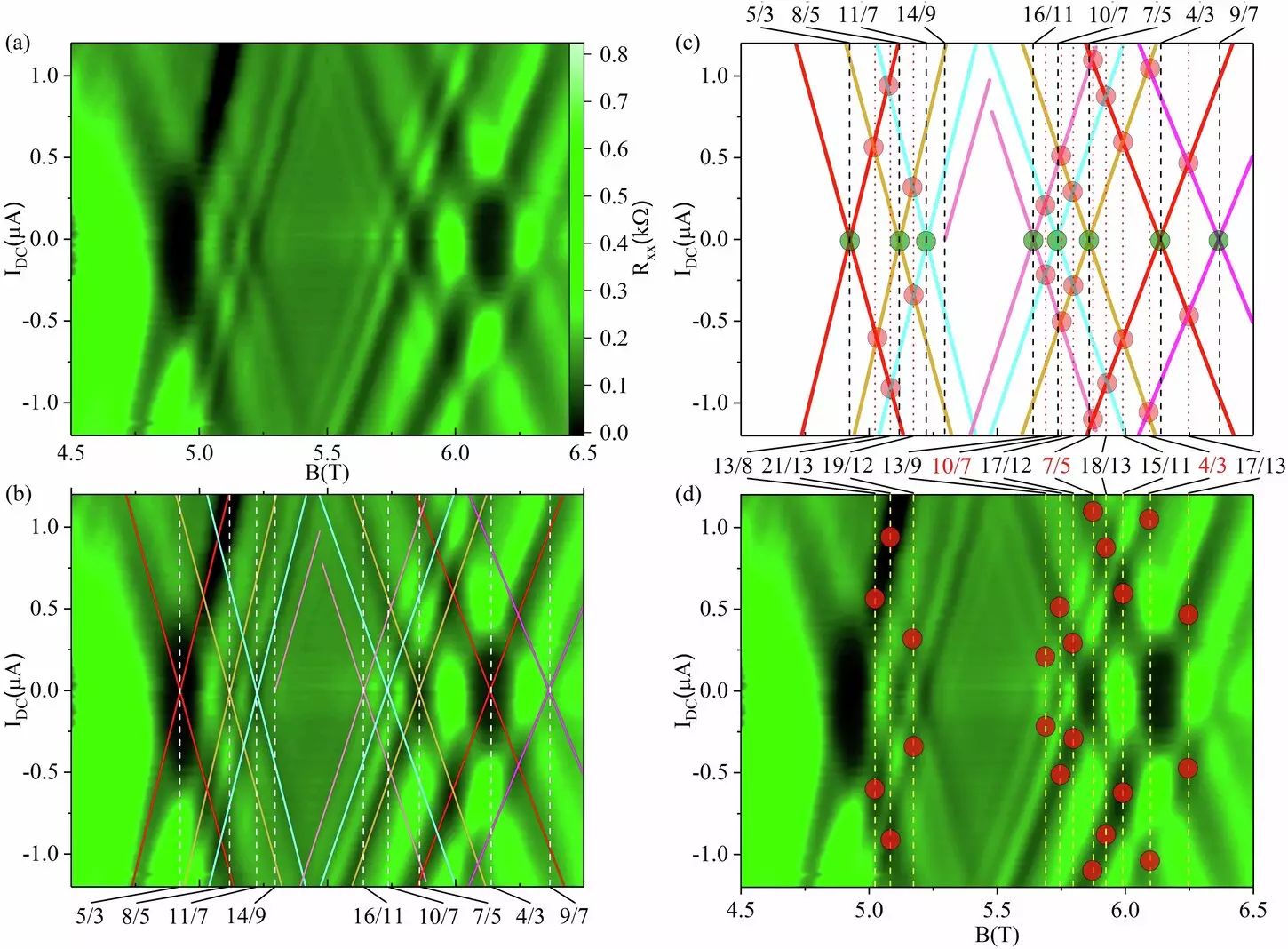In the realm of physics, the concept of a two-dimensional flatland challenges our traditional understanding of the universe. Researchers, such as Georgia State University Professor of Physics Ramesh G. Mani and recent Ph.D. graduate U. Kushan Wijewardena, have delved into this fascinating world to uncover the mysteries hidden within. Their recent publication in Communications Physics sheds light on the enigmatic realm of fractional quantum Hall effects (FQHE) and the unexpected phenomena that arise when exploring these systems in novel ways.
Since Klaus von Klitzing’s groundbreaking discovery of the quantum Hall effect in 1980, the field of condensed matter physics has witnessed significant advancements. The subsequent revelation of fractional quantum Hall effects and the exploration of graphene have expanded our understanding of flatland particles and their unique behaviors. These discoveries have not only garnered Nobel Prizes but have also paved the way for innovations in modern electronics and the development of future technologies.
Mani, Wijewardena, and their colleagues embarked on a series of experiments in controlled laboratory conditions to push the boundaries of FQHE research. By subjecting high-mobility semiconductor devices to extreme temperatures and intense magnetic fields, the team observed unexpected phenomena, including the splitting of FQHE states and the emergence of new non-equilibrium states of matter. This experimental approach, paired with the fabrication of high-quality crystals, proved instrumental in unraveling the complex nature of quantum systems in flatland.
Through their research, the team successfully achieved excited states of fractional quantum Hall states by applying a direct current bias to their experimental setup. These findings challenge existing theories and suggest a hybrid origin for the observed non-equilibrium excited-state FQHEs. The implications of these discoveries extend beyond the confines of the laboratory, offering potential insights into quantum computing, materials science, and future technological advancements.
As Mani, Wijewardena, and their team continue to explore the uncharted territories of flatland physics, they remain committed to uncovering further nuances in quantum systems. By pushing the boundaries of experimentation and embracing the unknown, these researchers are paving the way for future generations of scientists and innovators. With each new discovery, they edge closer to unraveling the complex behaviors at play in flatland physics, fueling advancements in data processing, energy efficiency, and the high-tech economy.
The research conducted by Mani, Wijewardena, and their colleagues represents a significant leap forward in the field of condensed matter physics. By challenging existing paradigms and embracing the complexities of flatland systems, these researchers are not only expanding our scientific knowledge but also shaping the future of technology. As they forge ahead in their exploration of quantum systems, the possibilities for new discoveries and groundbreaking advancements are boundless.


Leave a Reply